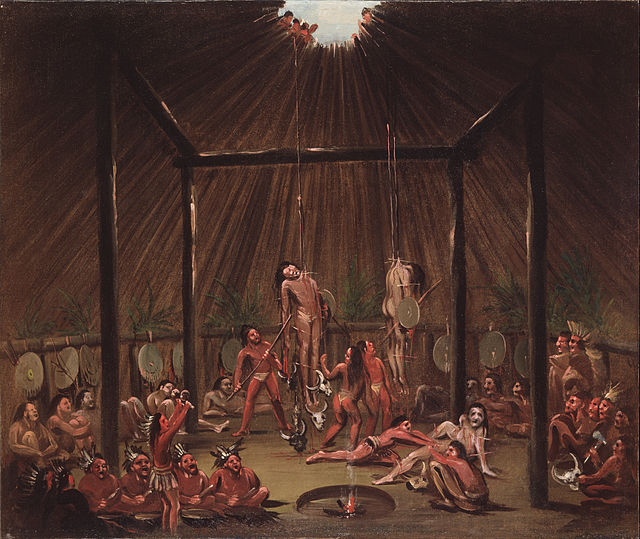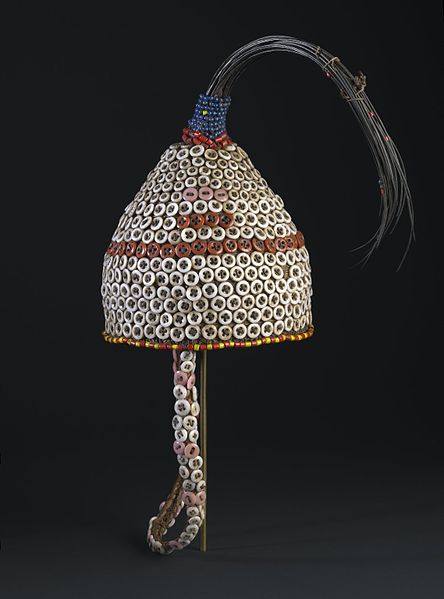The Eleusinian Mysteries were initiations held every year for the cult of Demeter and Persephone based at the Panhellenic Sanctuary of Eleusis in ancient Greece. They are considered the "most famous of the secret religious rites of ancient Greece". Their basis was a Bronze Age agrarian cult, and there is some evidence that they were derived from the religious practices of the Mycenean period. The Mysteries represented the myth of the abduction of Persephone from her mother Demeter by the king of the underworld Hades, in a cycle with three phases: the descent (loss), the search, and the ascent, with the main theme being the ascent of Persephone and the reunion with her mother. It was a major festival during the Hellenic era, and later spread to Rome. Similar religious rites appear in the agricultural societies of the Near East and in Minoan Crete.

A votive plaque known as the Ninnion Tablet depicting elements of the Eleusinian Mysteries, discovered in the sanctuary at Eleusis (mid-4th century BC)
Triptolemus receiving wheat sheaves from Demeter and blessings from Persephone, Great Eleusinian Relief, 5th-century BC relief, National Archaeological Museum of Athens
Demeter, enthroned and extending her hand in a benediction toward the kneeling Metaneira, who offers the triune wheat that is a recurring symbol of the mysteries (Varrese Painter, red-figure hydria, c. 340 BC, from Apulia)
Initiation to Eleusinian Mysteries. c. 100–50 BC; relief, Louvre museum (Paris, France)
Initiation is a rite of passage marking entrance or acceptance into a group or society. It could also be a formal admission to adulthood in a community or one of its formal components. In an extended sense, it can also signify a transformation in which the initiate is 'reborn' into a new role. Examples of initiation ceremonies might include Christian baptism or confirmation, Jewish bar or bat mitzvah, acceptance into a fraternal organization, secret society or religious order, or graduation from school or recruit training. A person taking the initiation ceremony in traditional rites, such as those depicted in these pictures, is called an initiate.
The Okipa ceremony was a test for young Mandan men to prove themselves as warriors. The ceremony as witnessed by George Catlin, circa 1835
Freemasonry initiation. 18th century
Equator crossing ceremony on Empress of Australia, August 1941
This hat would only have been worn by initiates to Kindi, the highest level of Bwami. Tail hair of an elephant, a metaphor for Kindi, crowns the hat. European-made buttons began to replace cowrie shells as prestige items on such Bwami paraphernalia as the Western presence grew in eastern Congo in the early twentieth century








